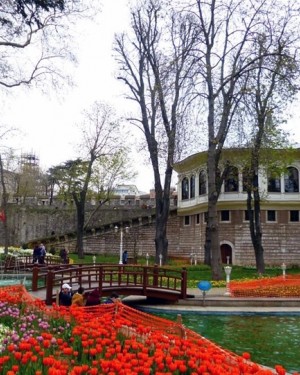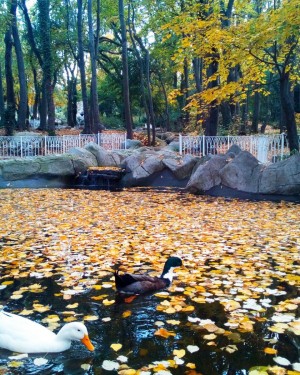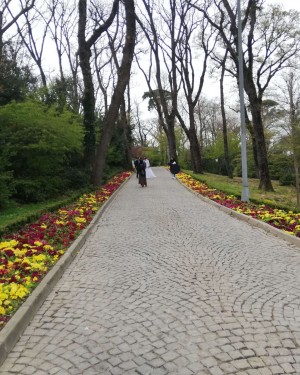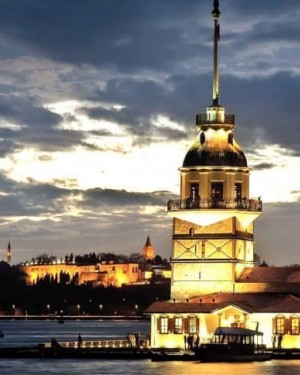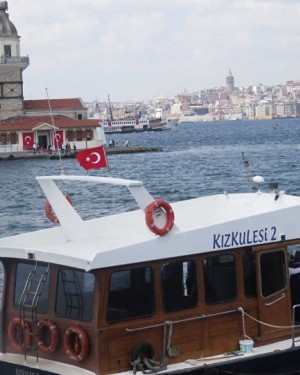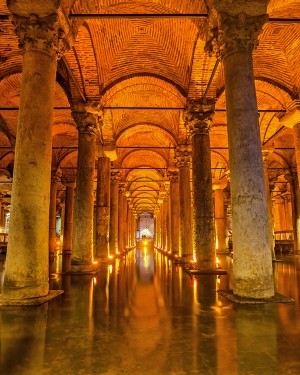HISTORY OF ISTANBUL
Few cities in the history of the world have had such geographical,
political and cultural significance as Istanbul. Istanbul is the only city in
the world that straddles two continents. When we think of Istanbul, we tend to picture
the region that is today known as the historical peninsula. Byzantion, a Greek
city-state founded by the Megarean colonists in 667 BC, was the first
established community in Istanbul. They ruled here until the Roman Empire came
and took over. In 196 BC, Rome occupied Byzantion, and Istanbul became an
imperial city.
The history of Istanbul as a capital city began 65 years before the Roman
Empire was split into Eastern and Western territories. Byzantion was made the
capital of the Roman Empire in 330 at the request of Emperor Constantine the
Great, referring to it as Nova Roma (New Rome). After the Emperor Constantine
died, the city was named Constantinople in his honor. Constantinople became the
capital of the Eastern Roman Empire (later to be called the Byzantine Empire),
the successor state of the Roman Empire, which was divided into two parts in
395.
The Byzantine period was a significant part of Istanbul’s history. It is
still possible to see traces of the Orthodox culture and the Byzantine city
structure in the city. The Hagia Sophia Mosque, Galata Tower, Valens Aqueduct,
Maiden Tower and the ruins of the Hippodrome are all outstanding examples of
magnificent Byzantine masterpieces in Istanbul. After the conquest of Istanbul
by the Ottoman Empire in 1453, Istanbul took its present name.
There are several theories about the etymology of the name Istanbul. It is
thought that, while it was originally called Constantinople by the Ottomans,
the Greeks called it “E Stin Polis” (Capital/City), and over time this name
became “Istanbul,” and was adopted by the Ottomans.
Another theory is that the name “Islambol” was proposed during the reign of
Fatih the Conqueror. It was formed by merging the words Islam and polis
(meaning “City” in Greek). But the people continued to use the name
Konstantiniyya.
The Ottomans provided the city with crucial services and managed to protect
artifacts left over from Byzantium. Istanbul is a city of earthquakes. The dome
of Hagia Sophia was damaged by one such earthquake, and later repaired and
strengthened by Mimar Sinan, the most famous of the Ottoman architects.
Mosques, fountains, baths, madrassas (schools) and palaces located all over the
city are physical remnants of the Ottomans' contribution to the city. Beyond
its physical beauty, Istanbul has managed to maintain its status as a cultural
center for centuries, and remains a capital of culture to this day.
Welcome to Istanbul, a city that has been besieged 27 times throughout
history, surrounded by walls for protection, and has been the capital of some
of the most powerful empires of its time.



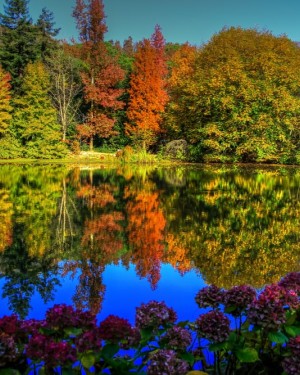
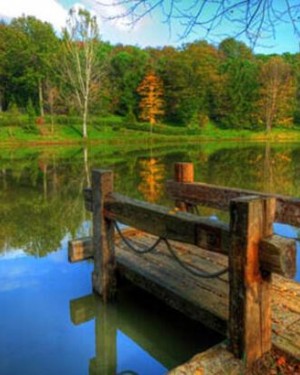
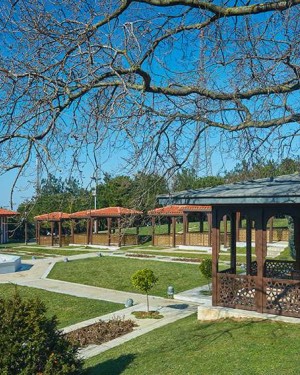
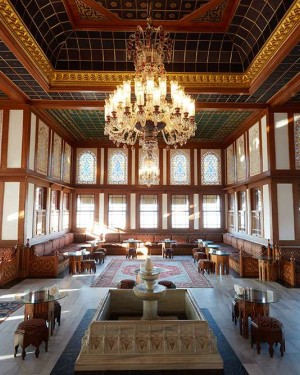
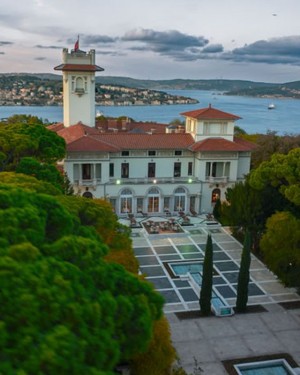
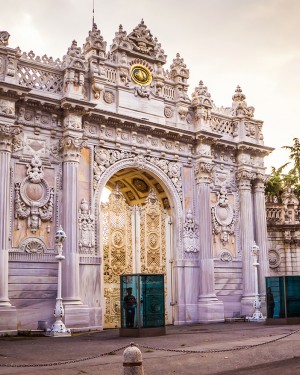
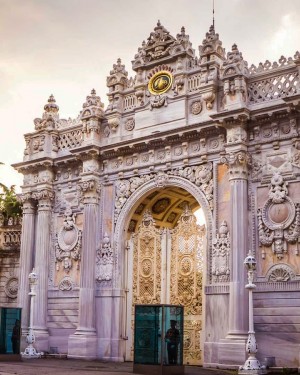
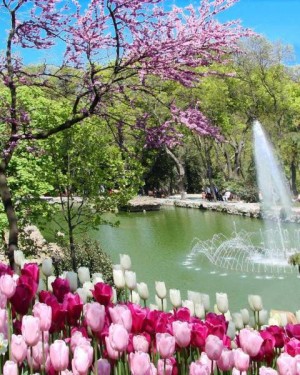
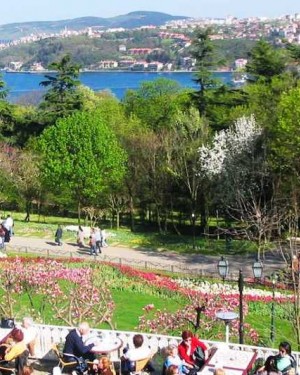
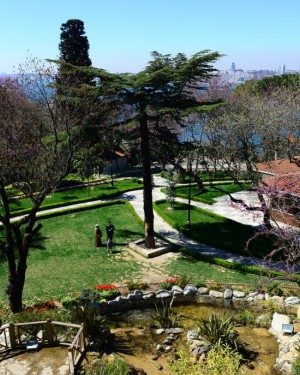
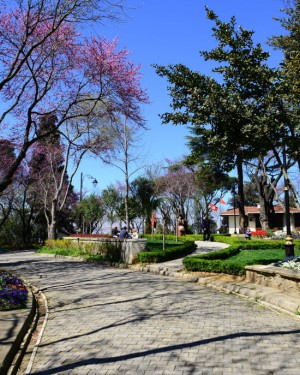
-300x375h.jpg)
-300x375h.jpg)
